The bustling markets of Johannesburg are a sensory overload, but nothing quite captures the essence of South Africa’s culinary soul like the spice stalls of Fordsburg. Here, in the heart of the city’s historic Indian quarter, the air is thick with the intoxicating aromas of turmeric, cumin, and coriander. These spices, many of which have traveled across oceans and generations, tell a story of migration, trade, and cultural fusion that is uniquely South African.
At the center of this aromatic universe is the humble biriyani masala, a blend that has become synonymous with Durban’s famed Indian cuisine but has found a second home in Johannesburg’s melting pot. The spice is more than just a seasoning—it’s a cultural artifact. The recipe, often guarded like a family heirloom, varies from one household to another, with some adding a pinch of cinnamon for warmth, while others swear by the sharpness of black cardamom. What remains consistent is its role as the backbone of South Africa’s beloved biriyani, a dish that has transcended its origins to become a national treasure.
Walk into any spice shop in Fordsburg, and you’ll be greeted by towering sacks of whole spices—mustard seeds, fenugreek, and dried chilies—their colors as vibrant as the cultures they represent. The vendors, many of whom are third-generation spice merchants, speak of their wares with a reverence usually reserved for fine art. "This isn’t just cumin," one shopkeeper remarked, rubbing the seeds between his fingers. "This is history. This is what makes our food sing."
The story of South Africa’s spice trade is inextricably linked to the country’s complex past. The arrival of Indian indentured laborers in the 19th century brought with it a wealth of culinary traditions, including the art of spice blending. Over time, these flavors intermingled with local ingredients and techniques, giving birth to a cuisine that is distinctly South African. The bunny chow, a hollowed-out loaf of bread filled with curry, is a perfect example of this fusion—a dish born out of necessity that has become a symbol of ingenuity and cultural exchange.
But it’s not just the Indian influence that shapes South Africa’s spice landscape. The Cape Malay community, descendants of enslaved people brought from Southeast Asia, introduced their own aromatic traditions, including the use of saffron and star anise in sweet and savory dishes alike. The result is a culinary tapestry where flavors from across the Indian Ocean collide with indigenous African ingredients, creating something entirely new yet deeply rooted in tradition.
Today, the demand for authentic South African spices is growing, both at home and abroad. Small-batch producers are reviving ancient techniques, sun-drying chilies and stone-grinding masalas to preserve their integrity. Meanwhile, chefs in Johannesburg and Cape Town are experimenting with these flavors, incorporating them into contemporary dishes that pay homage to their heritage while pushing boundaries. The humble spice, once a mere commodity, has become a symbol of South Africa’s resilience and creativity—a reminder that even the smallest ingredients can carry the weight of history.
As the sun sets over Fordsburg, the spice market shows no signs of slowing down. The chatter of vendors haggling with customers, the rhythmic grinding of mortar and pestle, the occasional burst of laughter—it’s a symphony of sounds as rich and layered as the spices themselves. In a country still grappling with its past, these stalls offer something rare: a taste of unity. For in the end, whether you’re Zulu, Indian, or Afrikaans, there’s one language everyone understands—the language of flavor.
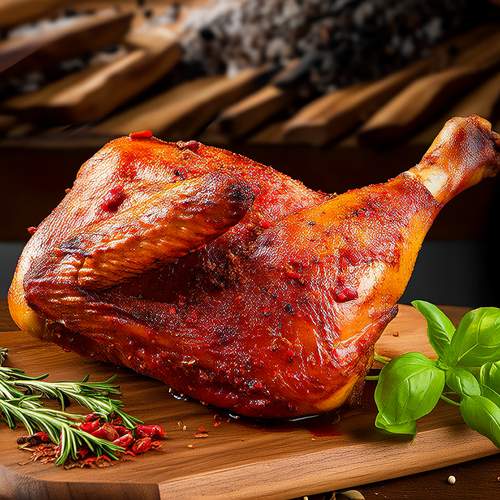
By /May 26, 2025
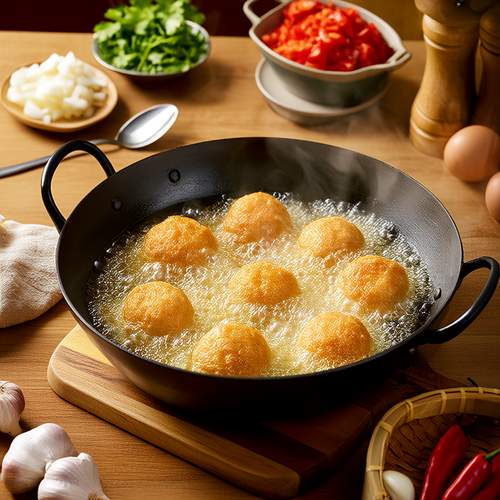
By /May 26, 2025
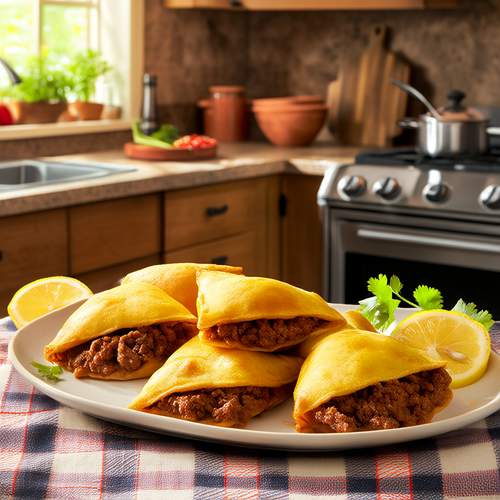
By /May 26, 2025
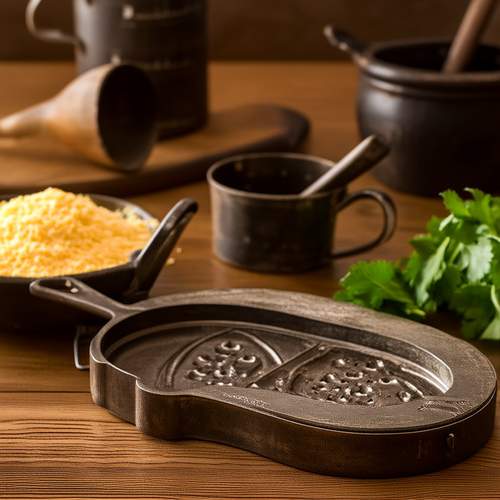
By /May 26, 2025
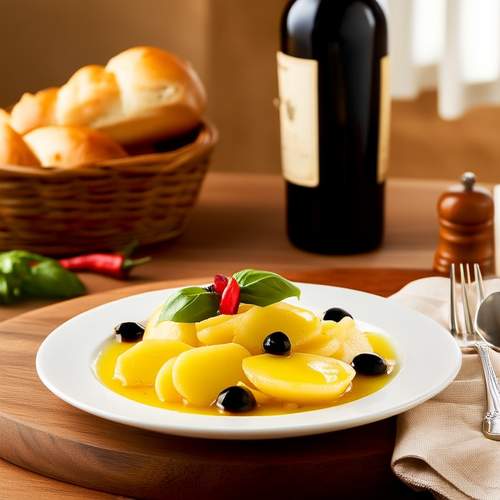
By /May 26, 2025
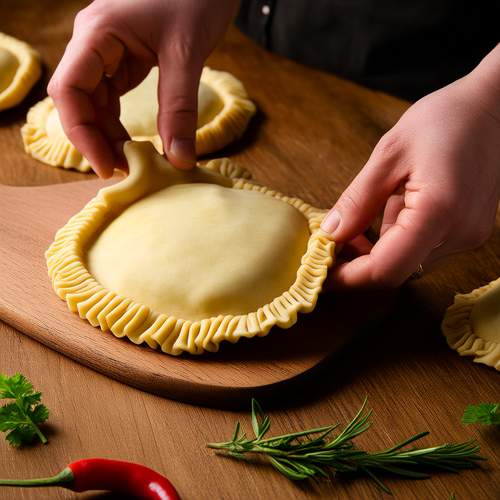
By /May 26, 2025
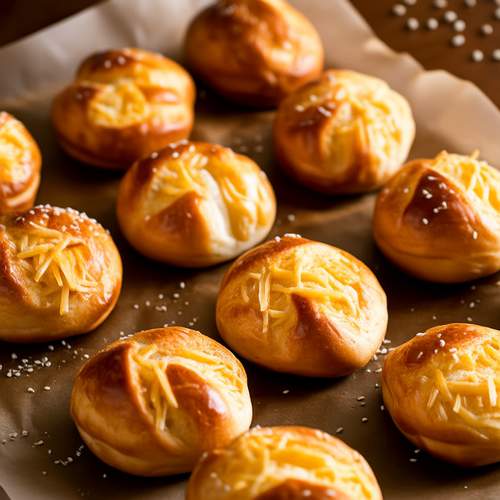
By /May 26, 2025
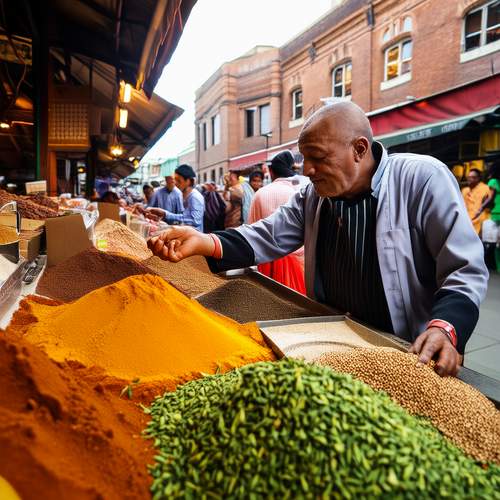
By /May 26, 2025
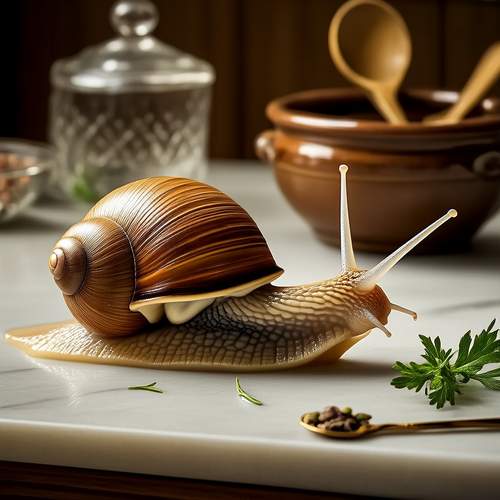
By /May 26, 2025
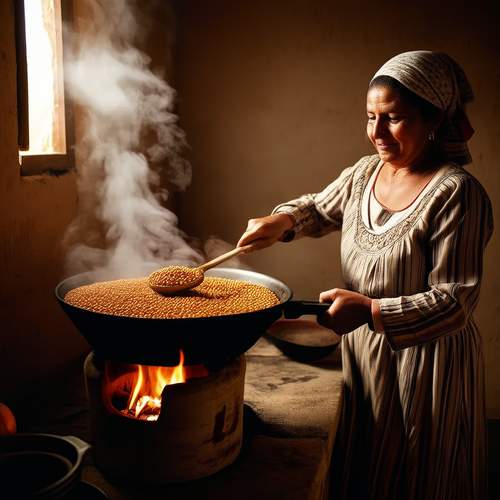
By /May 26, 2025
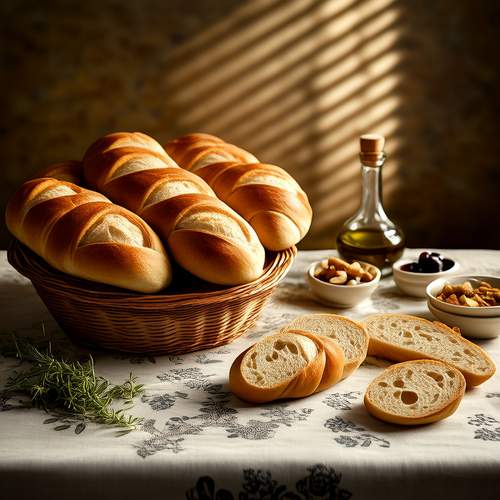
By /May 26, 2025
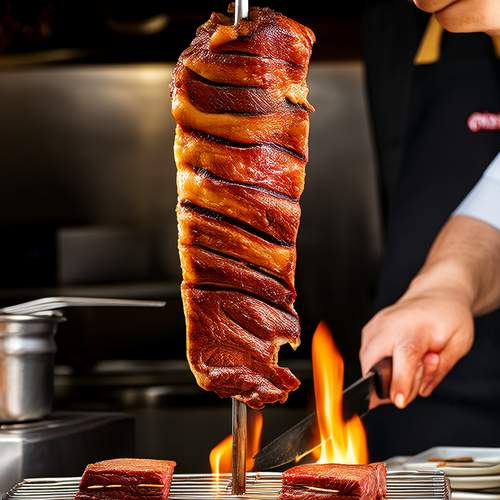
By /May 26, 2025
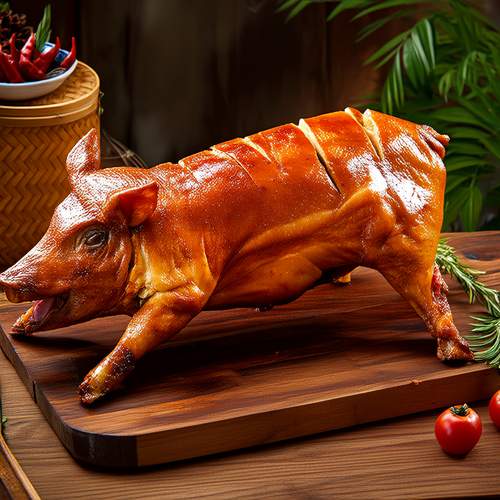
By /May 26, 2025
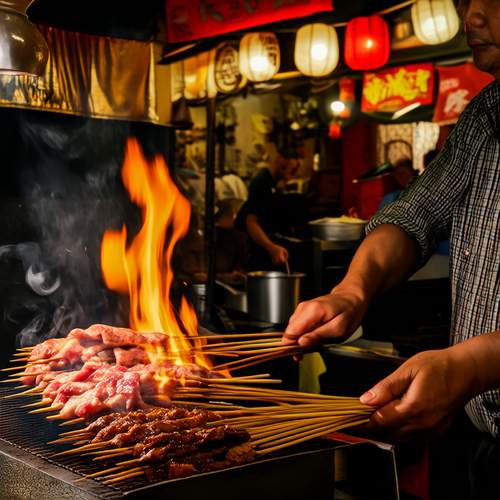
By /May 26, 2025
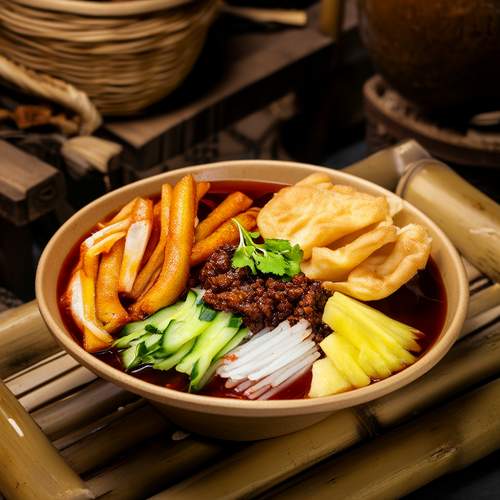
By /May 26, 2025
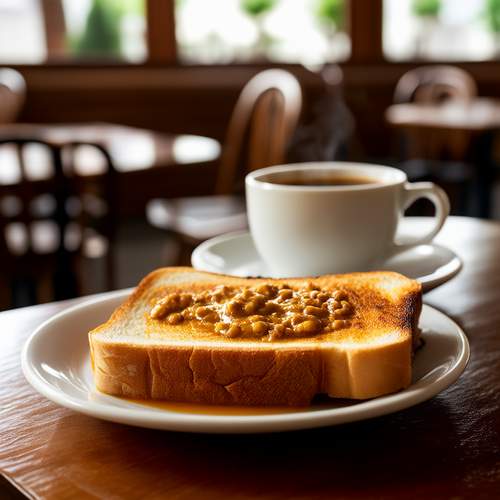
By /May 26, 2025
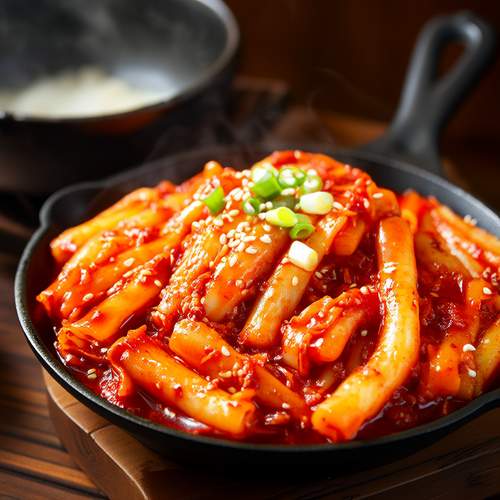
By /May 26, 2025
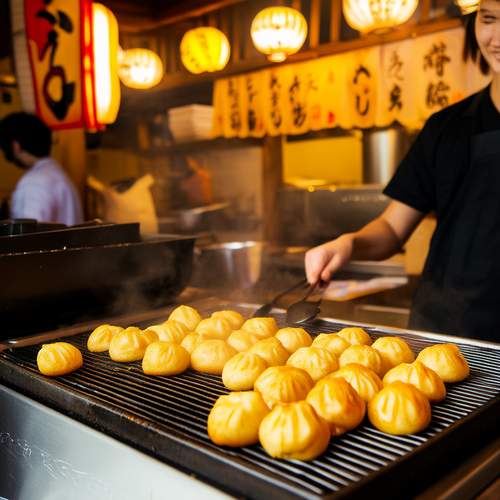
By /May 26, 2025

By /May 26, 2025
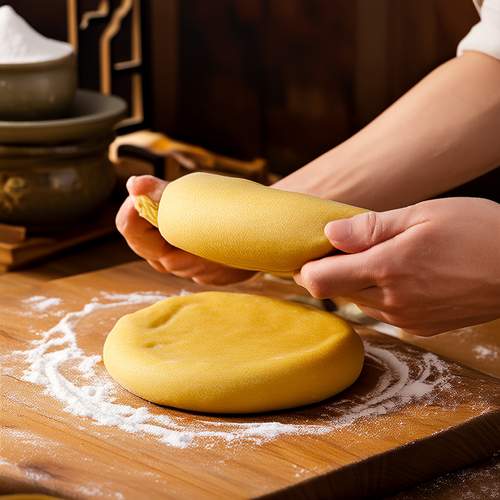
By /May 26, 2025